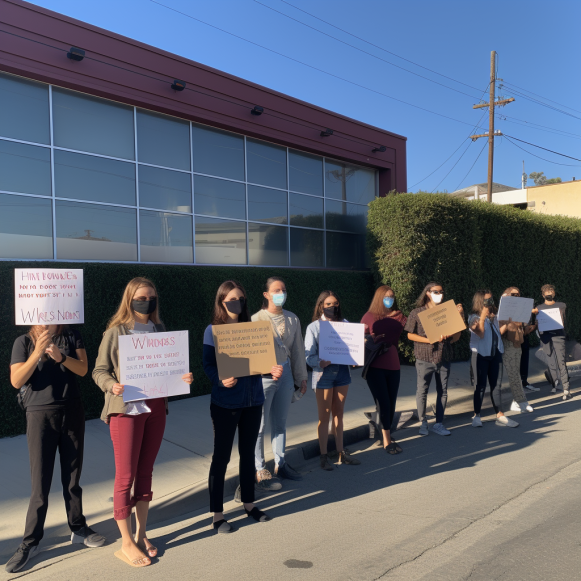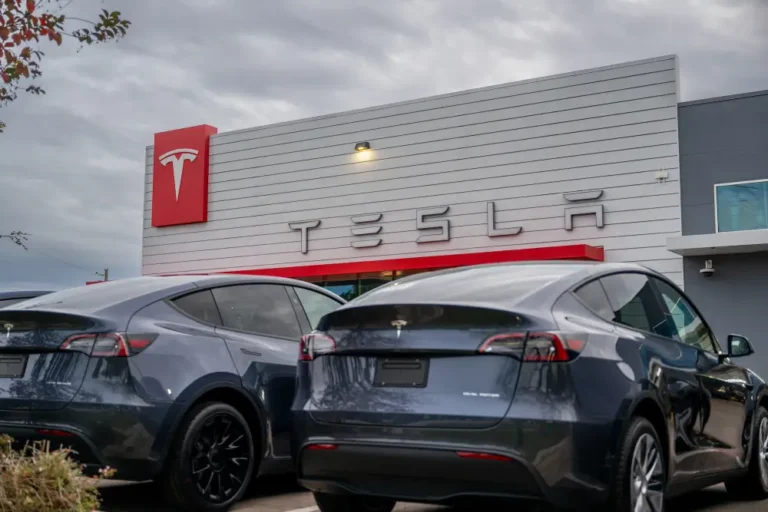Netflix and other streamers have to share data with creators now — but the new transparency only goes so far

- The agreement to end the Hollywood writers’ strike requires the streamers to share viewership data.
- The data will provide the basis for writers to get paid more for hits, but only a few people can see it.
- More data transparency, even if it’s limited, also could have implications for advertisers.
Hollywood writers are returning to work under a new contract that will change the way the industry works by giving creators a larger share of the upside of successful streaming shows and films, which means companies like Netflix and Disney will have to share more viewership data.
But, while many hoped that the months-long battle between the Writers Guild of America and the Alliance of Motion Picture and Television Producers — which represents entertainment behemoths like Netflix, Disney, and Warner Bros. Discovery — would lift the veil on the streamers’ data secrecy, that was not the case.
A major issue driving the WGA’s strike, as well as the ongoing SAG-AFTRA walkout, was a lack of transparency around streaming metrics from tech disruptors like Netflix and Amazon, as well as legacy Hollywood companies. The writers’ and actors’ guilds claim that in a hit-driven industry where creators and stars have relied heavily on residual payments from successful projects, a lack of clear measurement has limited creators’ ability to share in that success.
In recent years, the leading streaming services have released top title lists, but each service has its own formula for selecting those top shows and movies, and their numbers aren’t independently verified.
Creators are “getting some visibility into how the sausage is made, so to speak,” according to Tom Ara, a DLA Piper entertainment lawyer who advises AMPTP member studios and networks.
Not only are creators hoping for larger residual checks eager for more transparency about streaming data. The WGA’s victory on this issue has also raised hopes among advertisers that the increased transparency will eventually benefit them.
Advertisers have complained that streamers have been slow to share data about audience numbers and composition as Netflix, Disney, and other companies pitch new ad-supported streamers. These insights are deemed necessary by brands and marketers in order to determine who their messages are reaching and whether their advertisements are effective.
“It’s a major source of frustration for buyers.” They have very little visibility into where their advertisements ran. “From the perspective of the streamers, they wouldn’t want to unbundle what they’re selling because there’s a real efficiency in not letting people cherry-pick small slices of their inventory,” said Kevin Krim, president and CEO of EDO, which measures the impact of TV and streaming ads.
Brands investing in films for streaming are also clamoring for more data on how many people are watching them.
“Ultimately, the one thing that everyone in the TV landscape has been chasing is transparency, including writers and actors needing to know how many people are watching their work in order to properly value themselves,” Ashwin Navin, cofounder and CEO of TV audience measurement platform Samba TV, told Insider. “The outcome of the WGA strike is a meaningful step towards a much more level playing field between streaming platforms, studios, and the talent themselves.”
Nonetheless, the WGA contract falls far short of the full transparency that many would prefer.
The WGA initially requested that the AMPTP add a viewership-based residual to the existing fixed residual to reward hit programs; the guild also requested transparency regarding that viewership.
What the guild is getting is hardly transparent, though it will mean bigger checks for some writers. The AMPTP agreed that streaming services would share the total number of hours streamed for top-performing programs in a confidential manner, revealing such data to up to six people at the WGA and thus providing the foundation for a new viewership-based residual — or “performance-metric bonus,” as the agreement calls it.
The data can be shared with the WGA’s broader membership, but only in aggregated form.
While leaks are unavoidable, in theory, writers will not know how their shows performed, except in the form of bonus payments.
The data sharing agreement only applies to high-budget original series and films (which set specific dollars-per-programming-hour parameters), and only shows or movies that are viewed by 20% of the service’s membership in their first 90 days will qualify for the bonus.
That means no additional payments for non-original or licensed shows such as “Suits,” which was a runaway success when Netflix picked it up, or for a low-budget show that happens to become a global hit (“Squid Game” comes to mind).
It’s unclear how many writers will benefit from the bonus, and if the WGA chooses, it will have to pay to have any data audited. The obscurity will keep measurement companies like Nielsen and Parrot Analytics busy.
However, according to Pryor Cashman entertainment lawyer Simon Pulman, the agreement will cover the majority of US scripted productions produced for major streamers.
“It’s certainly a significant step forward, though it falls short of full transparency,” he wrote in an email to Insider.
Given the companies’ longstanding opposition to data sharing, independent producer Ted Hope called the union’s victory “tremendous.” However, he stated that in order for artists to be successful as businesspeople, they must understand how their work is performing so that they can improve it.
Distributors are also extracting value from content in order to sell not only subscriptions but also advertising and merchandise — value that creators are not receiving, he claims.
“You can’t expect someone to be a good businessperson and focus on the audience without having the exact same data other people have — whether it’s the advertiser, the person who makes the algorithm,” Hope stated. “You need an equal playing field.”






